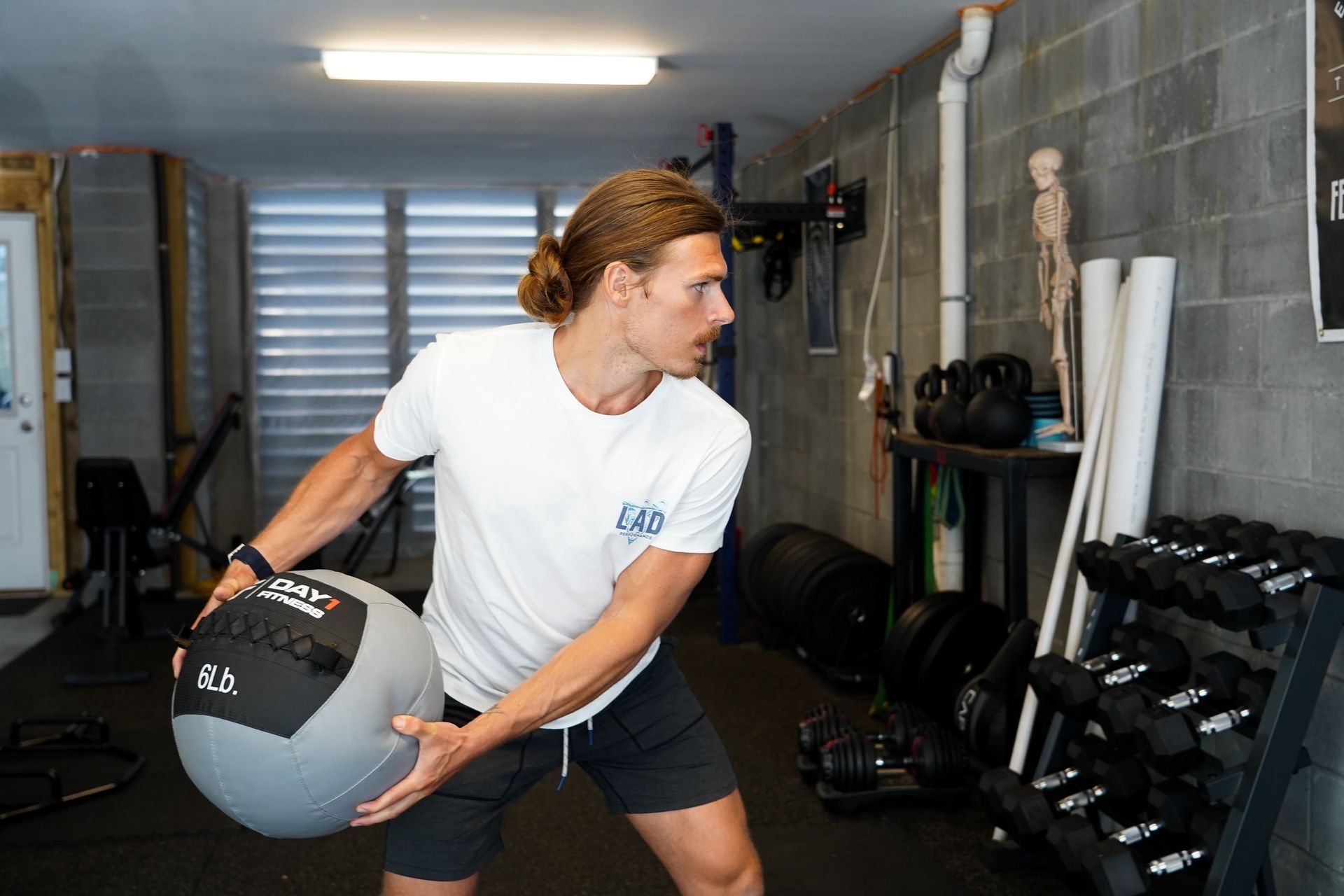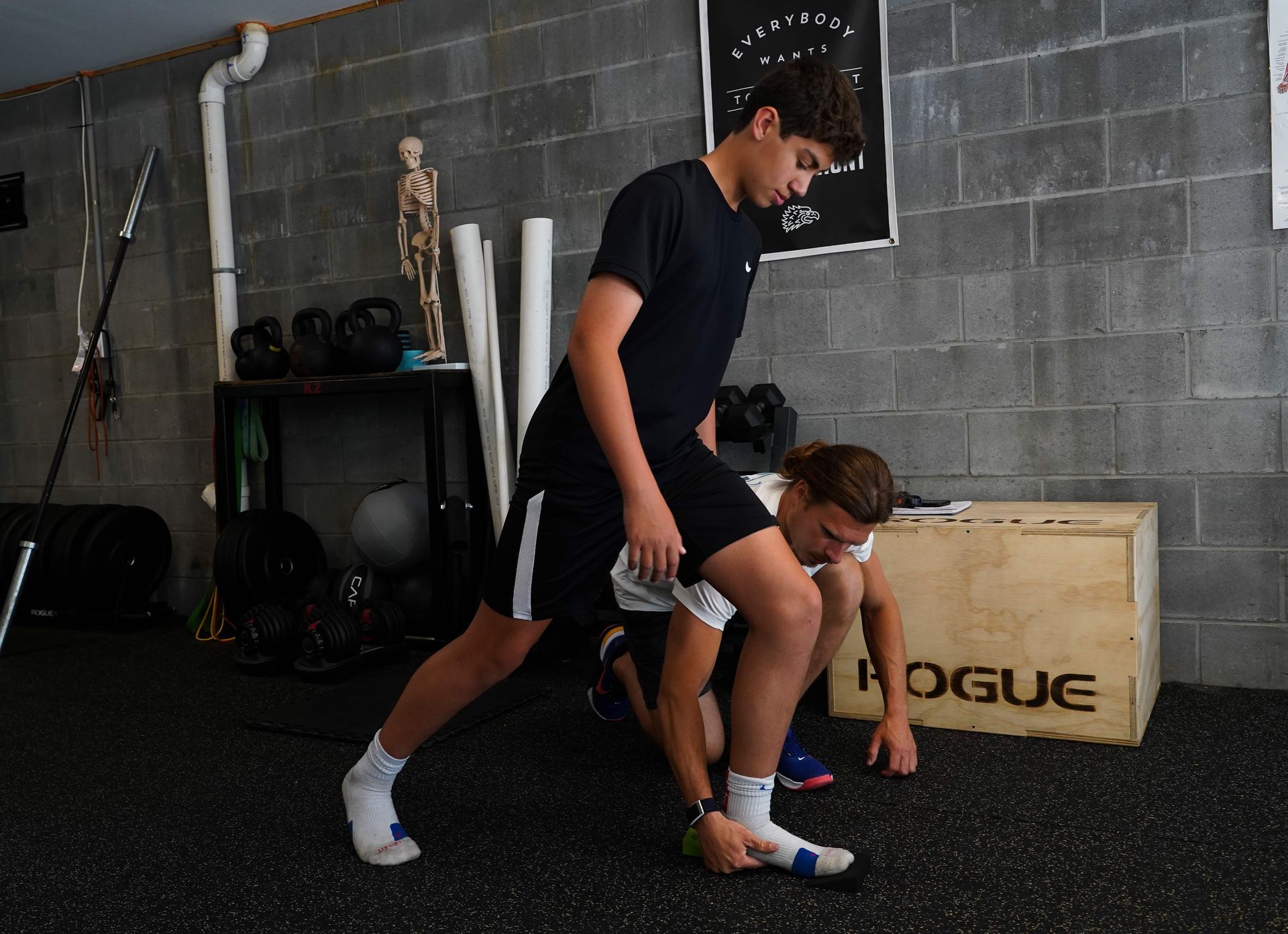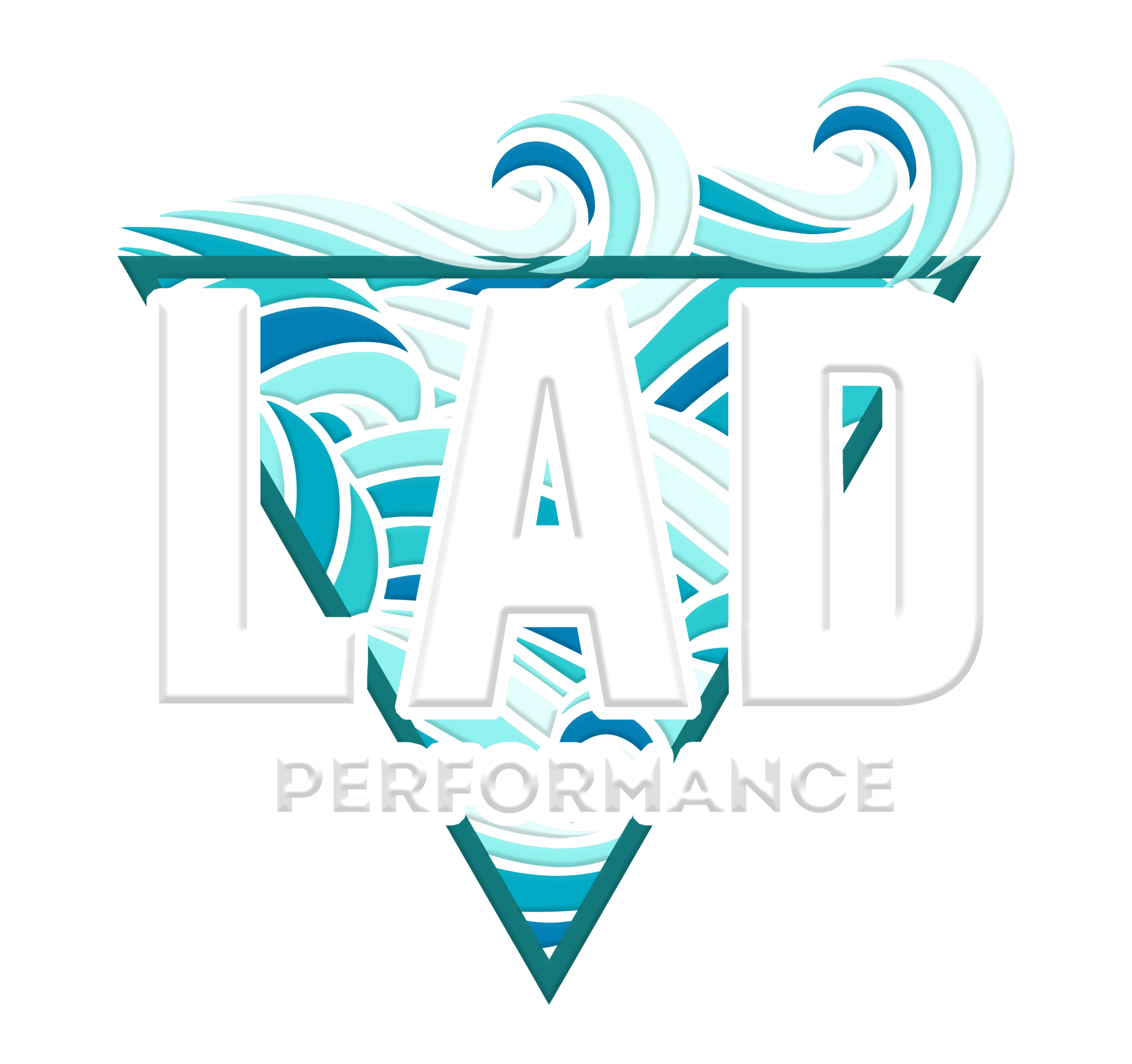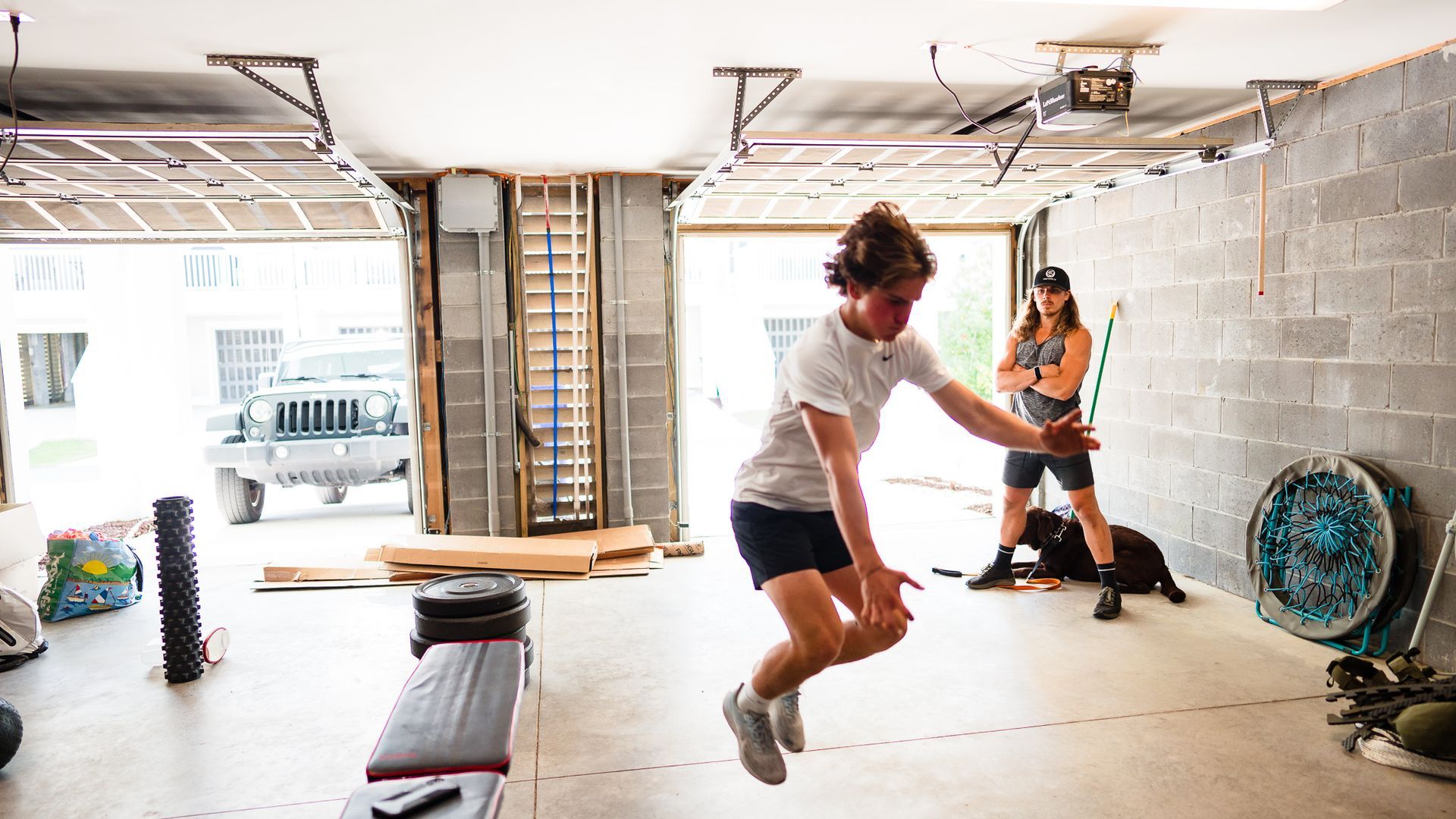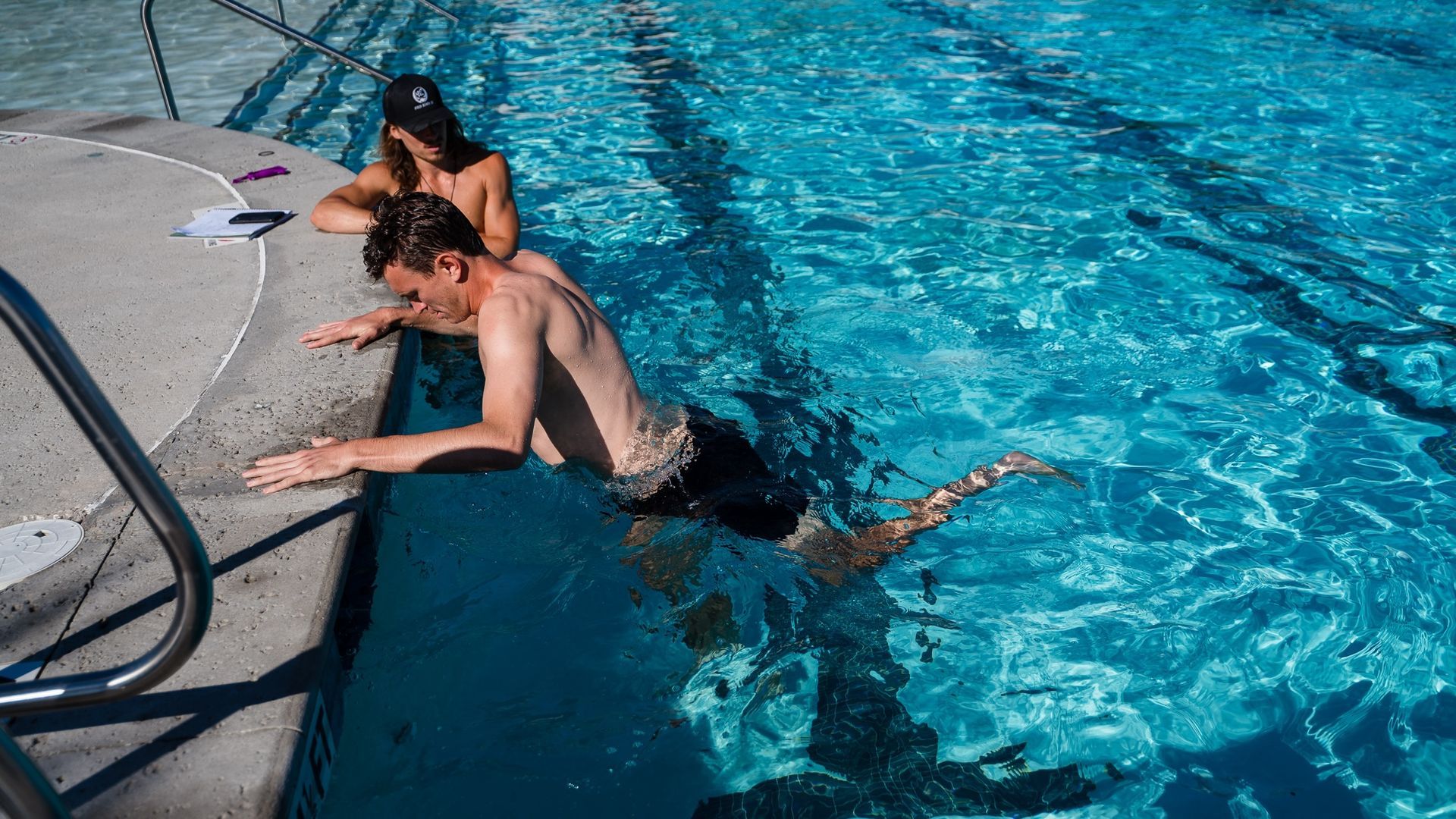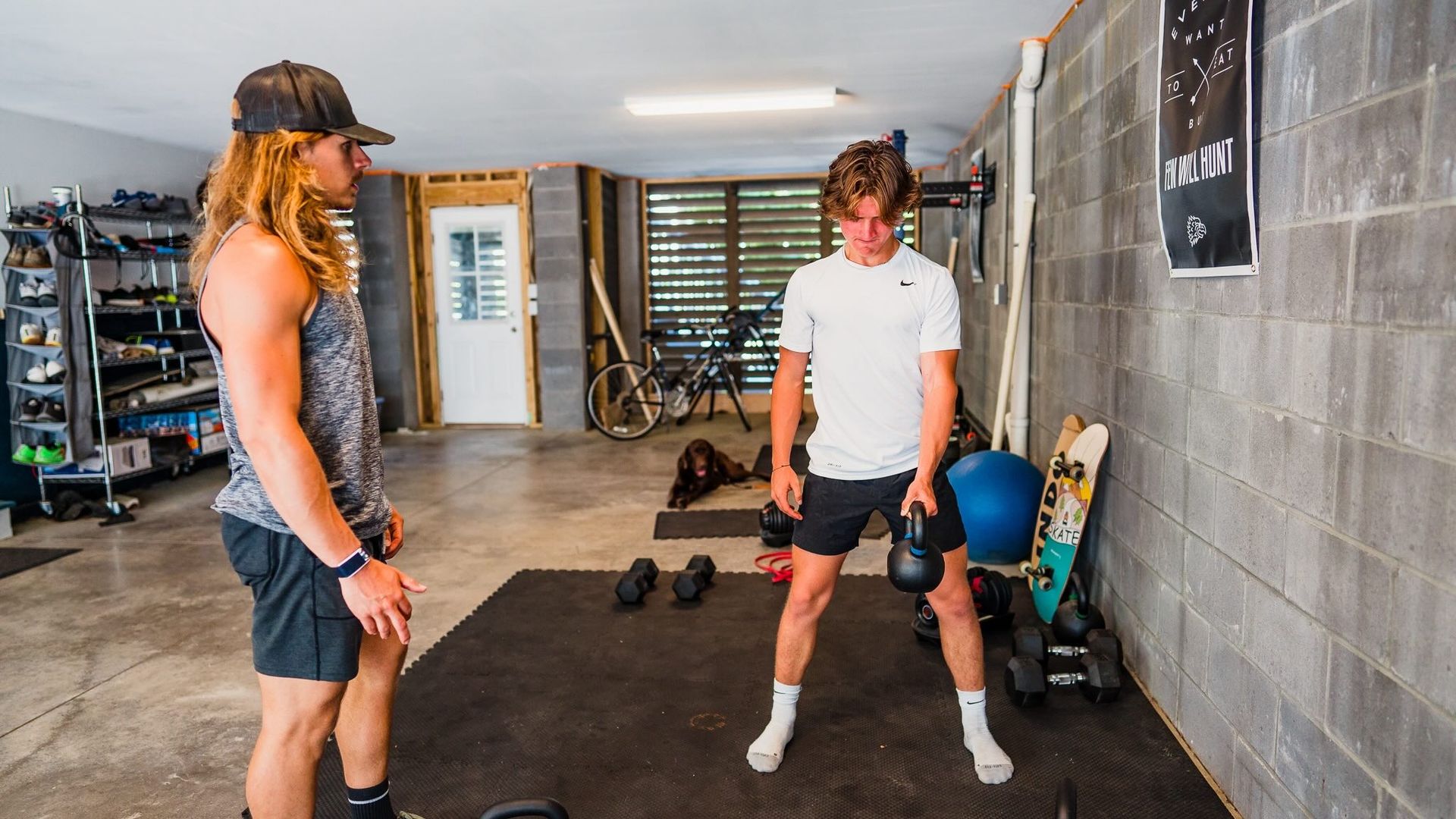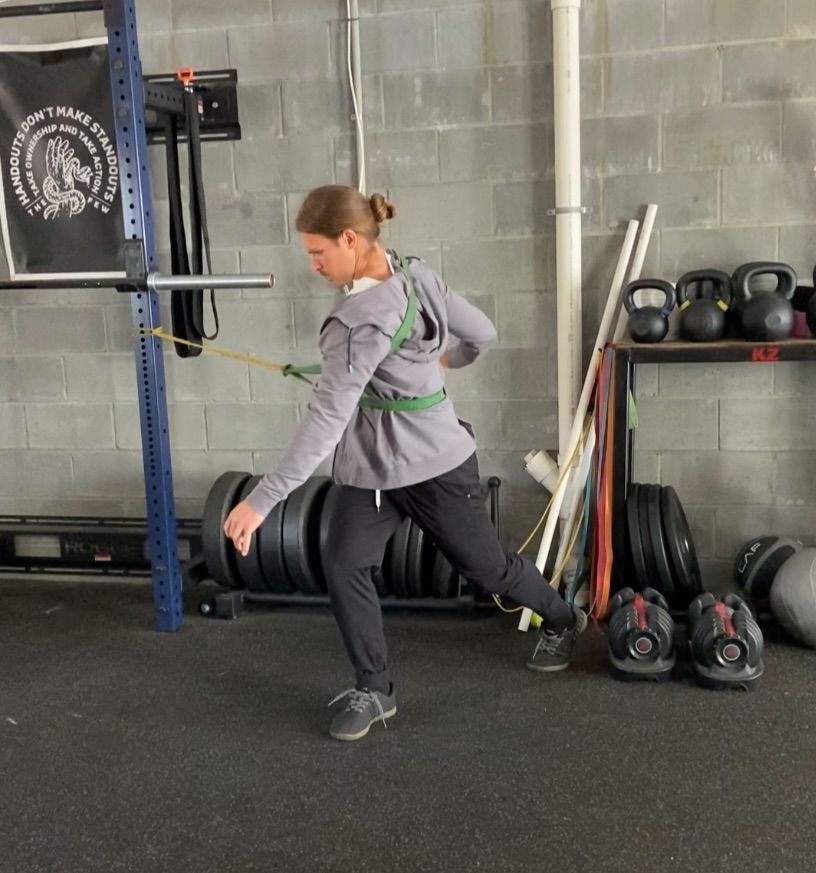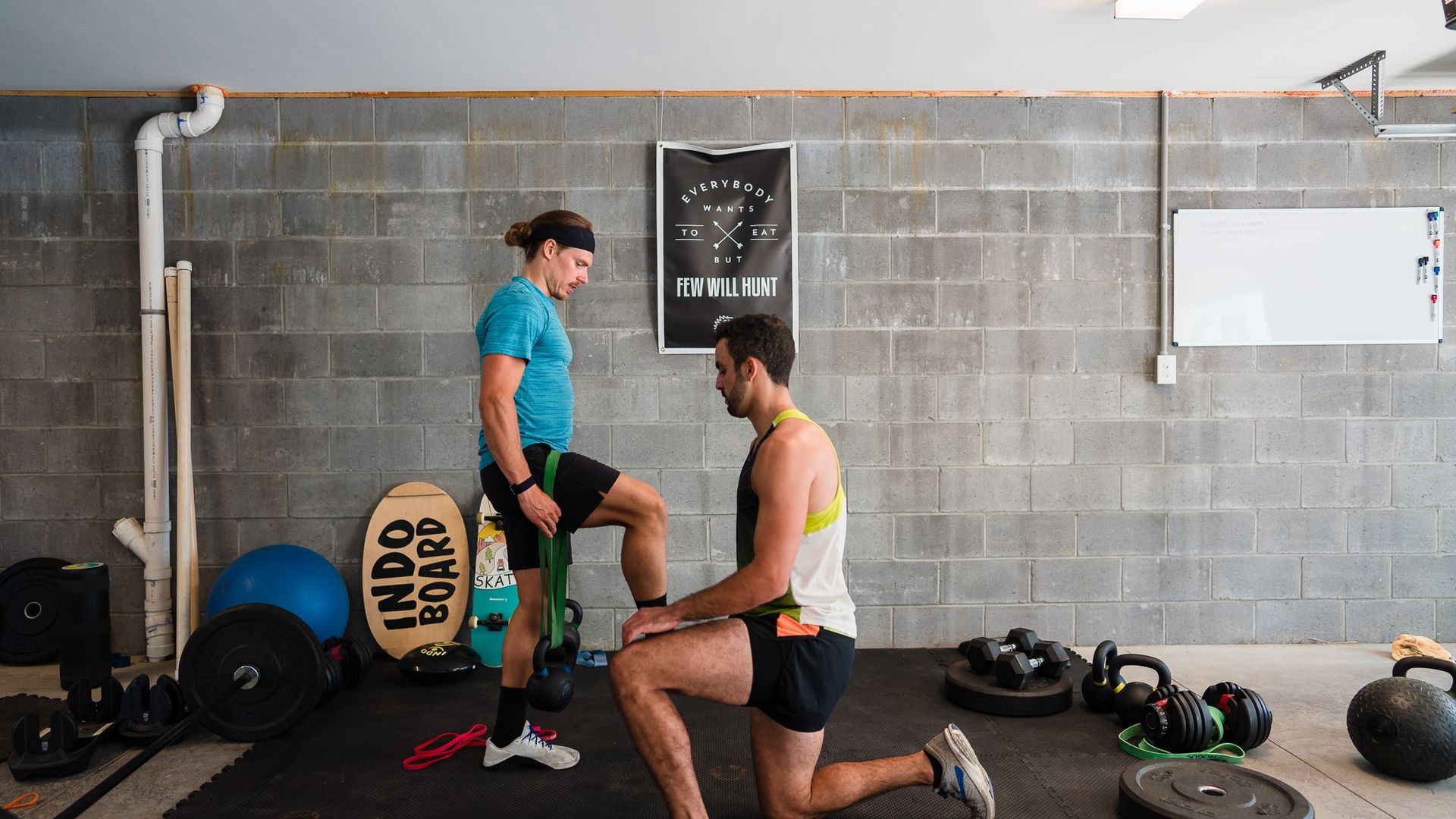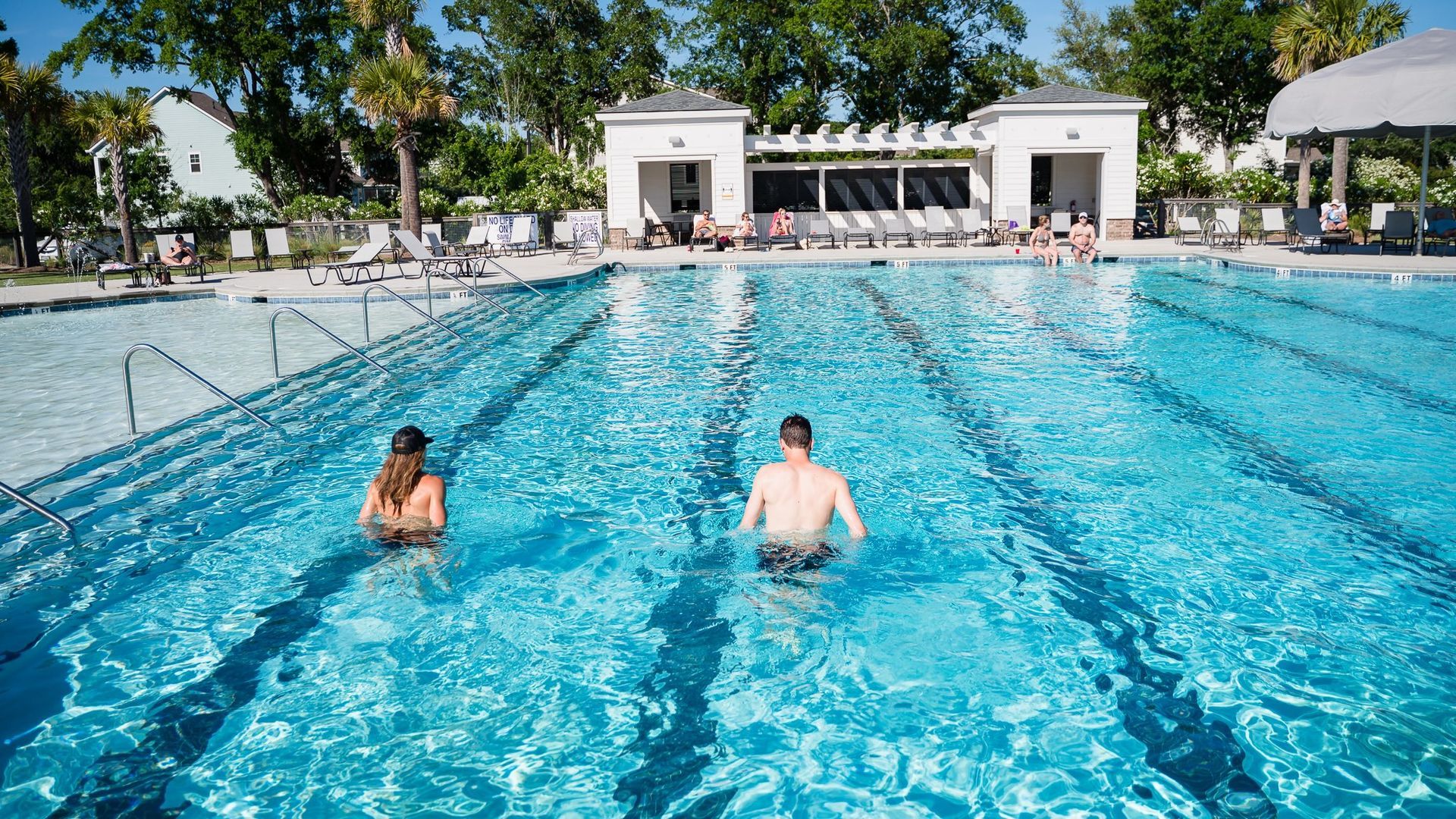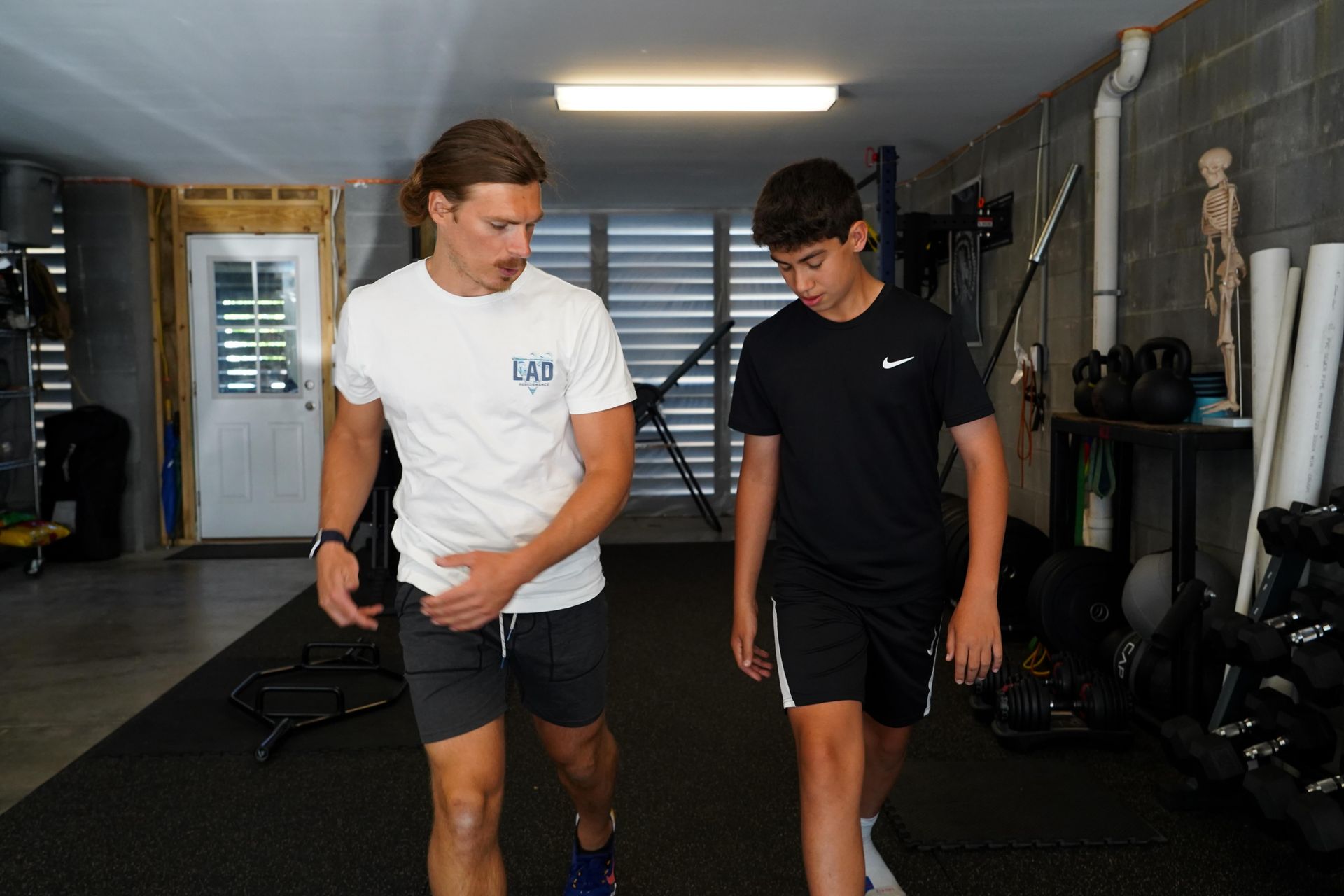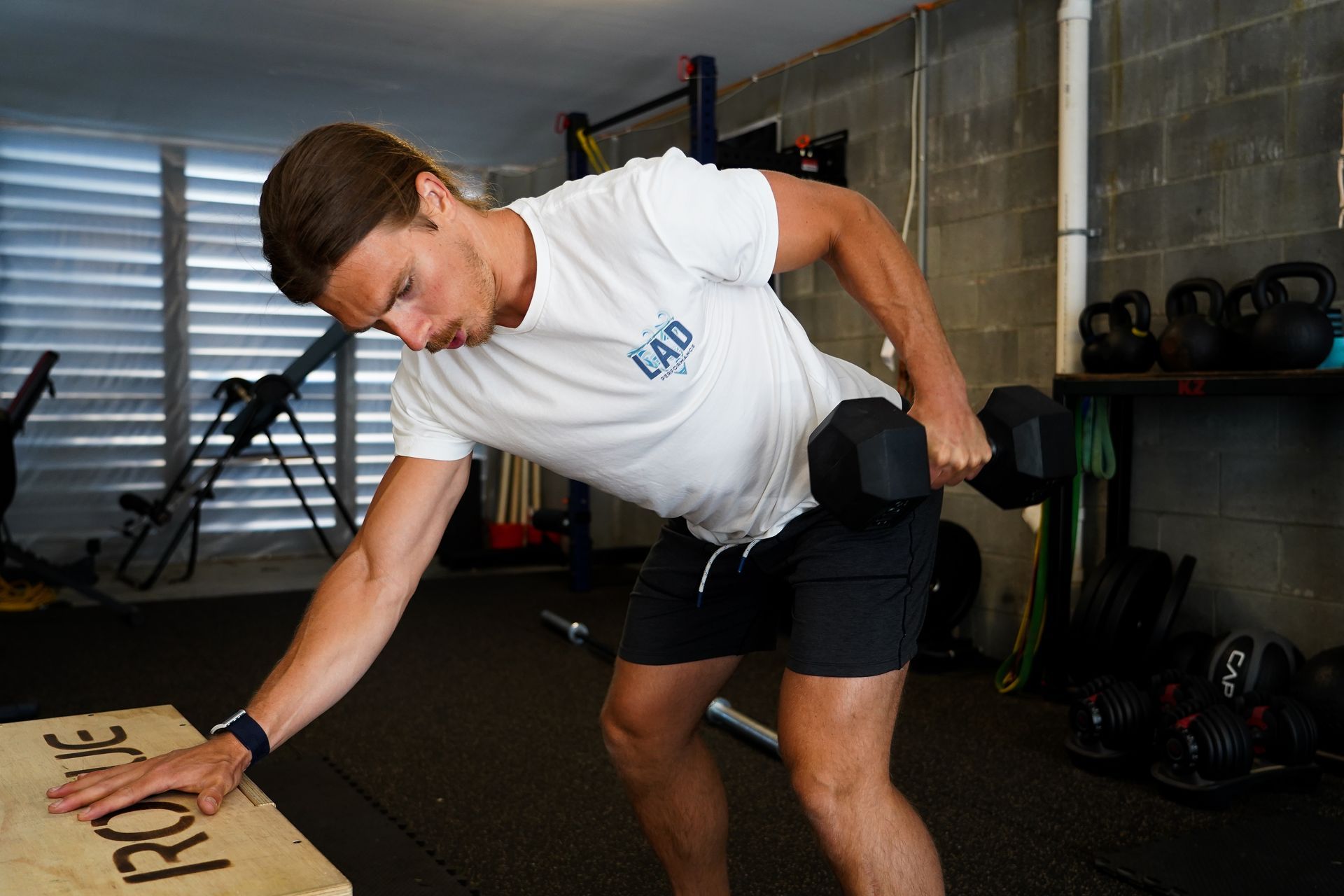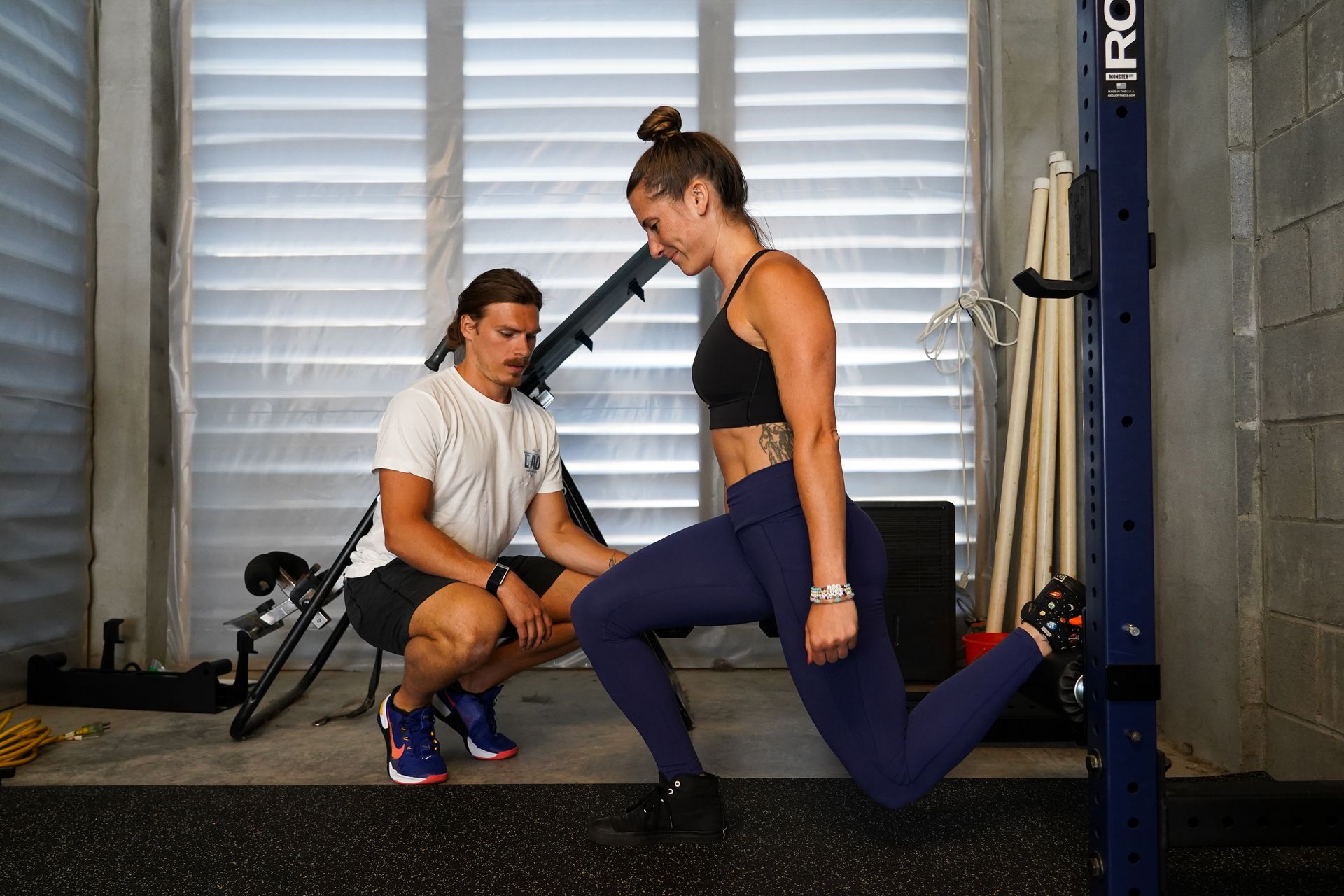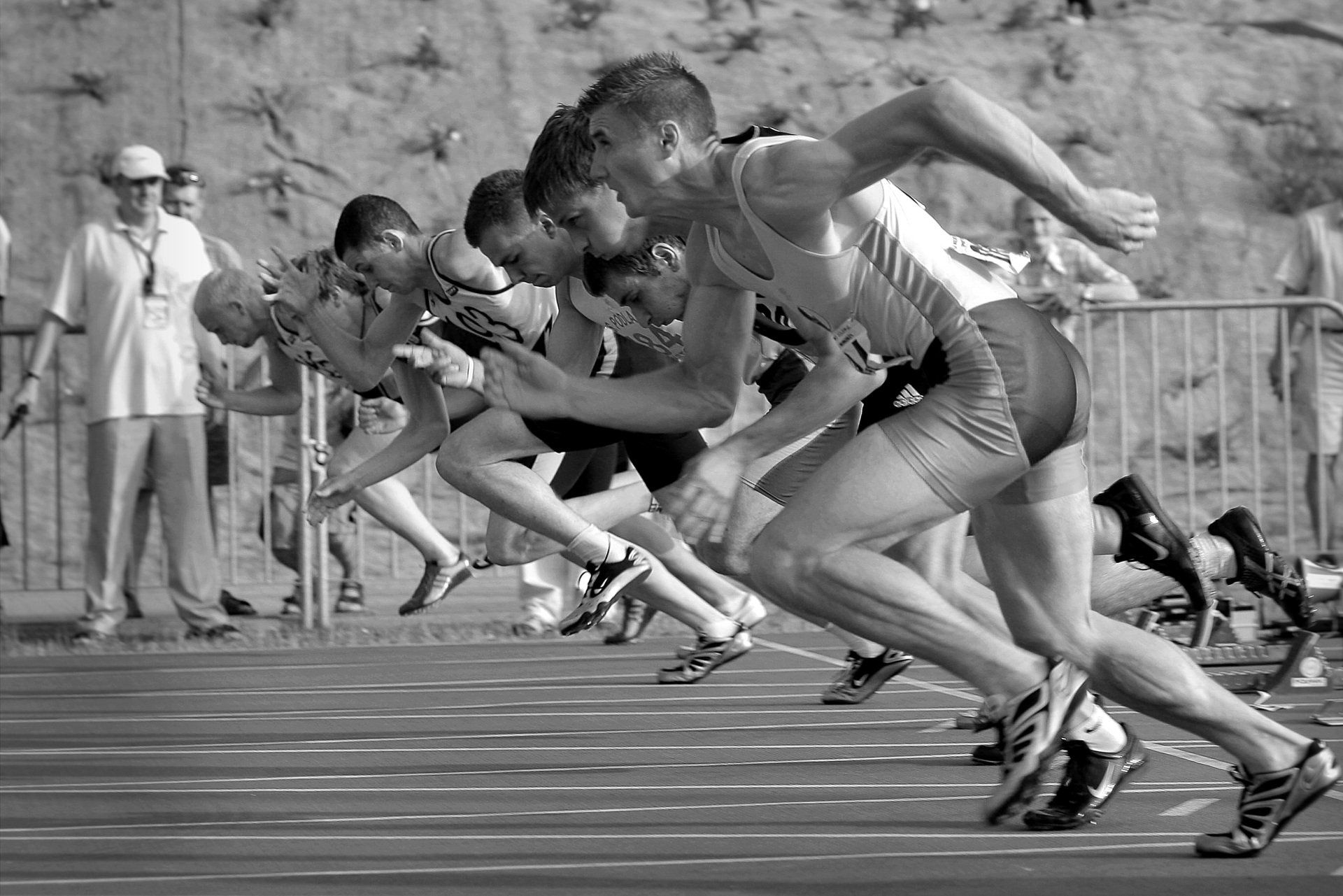LAD Performance - The Weekly Dose
🗣️You must know this to increase your jumping ability
Another Episode of The Weekly Dose!
Every week I set out to help educate you on movement practices and principles that will enable you to become a better athlete. Whether you are a high school athlete or a 75 year old grandparent trying to keep up with your grandkids, this email will have value!
Today I am going to share a simple concept to improve your jumping ability. I hope you enjoy!After reading the first few emails of the year I hope you now understand more about your feet and how they are a keystone in athletic performance. In continuation of that I want to talk about a very simple (on the surface) concept that gets very overlooked. Something that you can train without any equipment, gym membership fee or outside coaching.
🥁 please… PRESSURE
Yes, I know what you are thinking… pressure, are you serious?! YES. Let me riff…
First, a level set. Let’s define what pressure is. Pressure is the amount of force applied over a specific area. Should make sense, right? Think about a massage. You can probably recall differences in the way you felt when you received a deep tissue massage vs. a gentle spa massage. The high pressure from the deep tissue massage probably felt uncomfortable for you… because of the higher force that was applied.
Your brain detected that pressure unconsciously. The moment the pressure stopped the output stopped (the output being that pain cave face we all know and love 😬 ). The brain needs this pressure to recognize an input. This input creates the output (ability to jump)
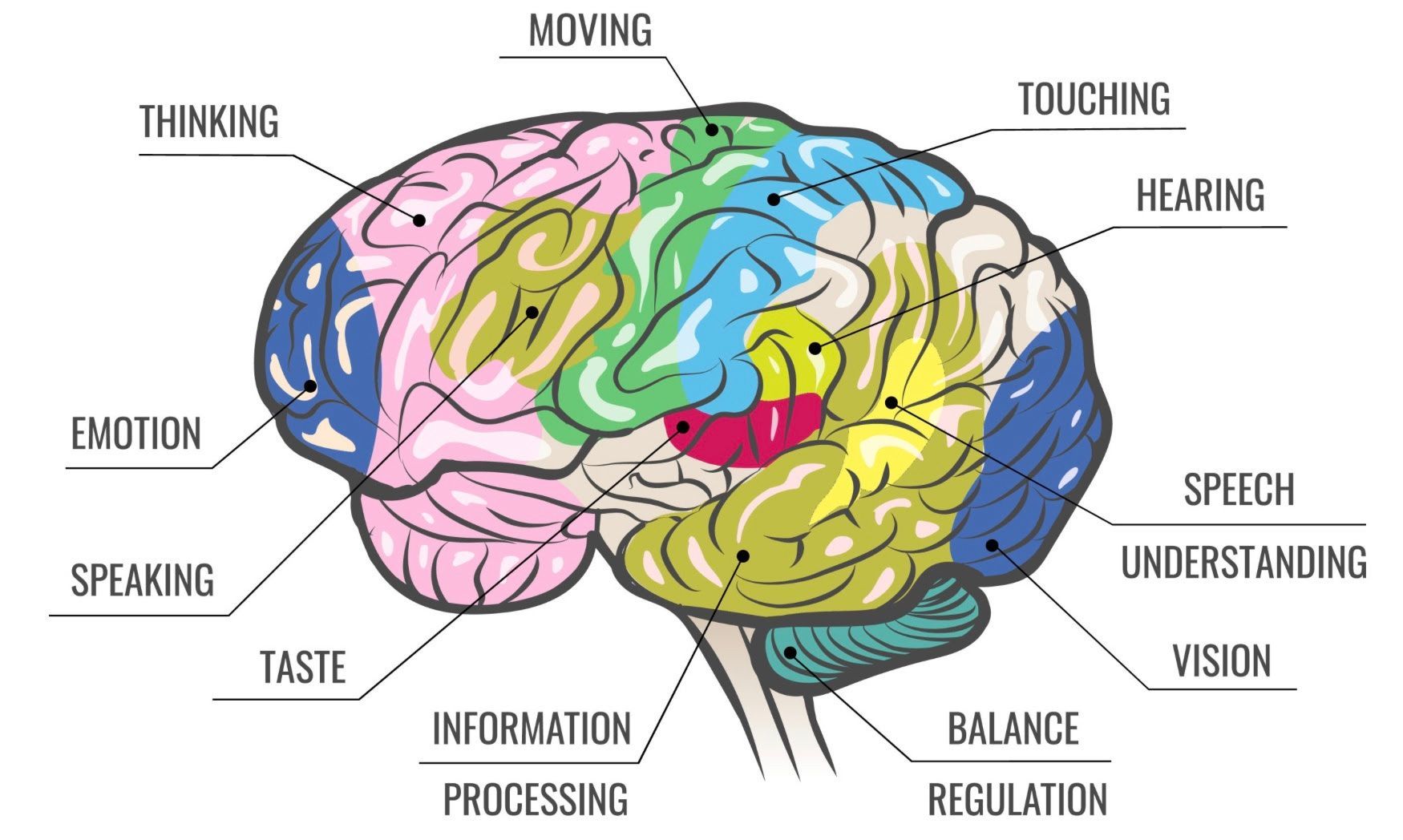
To jump better or become a better athlete for that matter starts with detecting pressure!
When you jump (or insert other athletic activity like running) you generate an internal pressure and compression as your body travels down & anchors itself to the ground (once again, this is your input). When you start to extend out or to begin the reversal there is a tension that occurs from expanding. The interplay between this compression and expansion happens all the time in movement. They complement each other. The compression allows you to create contact while the expansion generates the movement. We will talk more about the expansion in later weeks.
I want to bring your attention to the video below. This is a very short YouTube clip of a professional dunker performing a standing vertical jump. I want you to focus on what we have talked about so far.
What do you notice? Do you see the position of his feet right before he leaves the ground… do you see how he’s off his heels? Do you see how much downward force is being placed… not only from the feet, but from the whole body? Do you see all the rotation he is able to get within his feet without hurting himself?
I bet you can guess at this point what is largely contributing to this. Pressure, BOOM. Again, this is what allows for his explosion. Yes, he is a physical freak, but you can learn a lot from watching videos like this.
I’m sure you are wondering how you can get better at learning to create internal pressure so that you can experience the result of a greater output (higher jump, faster speed, etc..)?
Remember when we talked about proprioception?
To refresh your memory… your brain is constantly getting information from your body regarding its location in space. That’s because of specialized cells called mechanoreceptors that detect pressure, touch, vibration and sound from internal and external environment (French & Torkkeli, 2009)
The professional dunker that you saw excels at this.
Working on pressurizing your transverse arch to give your brain and body an anchor to launch off of will be a huge difference maker for you.
I have created this video with a few suggestions for you to help build up this input. It may just be the simplest thing you can start immediately to improve your jumping ability.
Keep working hard. 🧱 by 🧱
